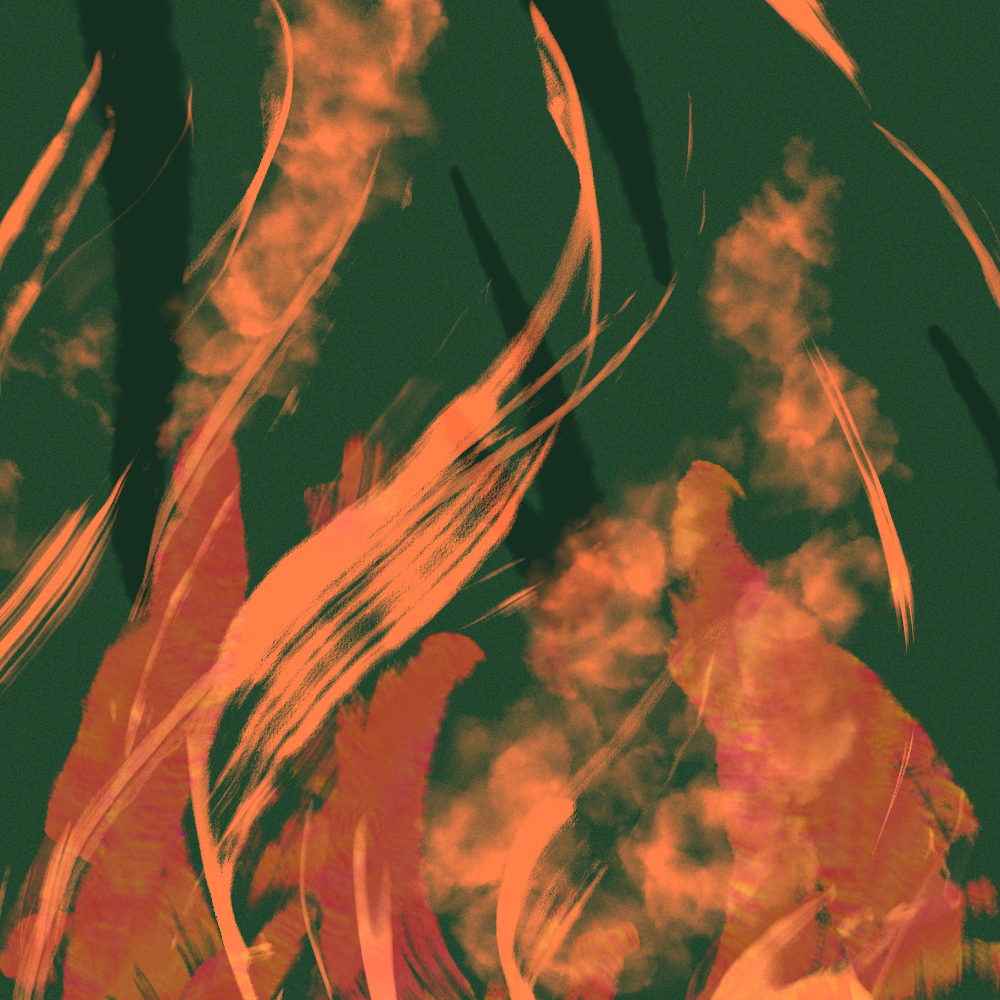Please visit response.fsu.edu for official FSU updates and resources.
Music in Movies? … Portrait of a Lady on Fire Says No
 Musical composition has reigned as one of the most defining qualities in films since sound made its debut, but its absence may be just as impactful. Everyone is familiar with films like Jaws, The Pink Panther, or the Star Wars franchise, unquestionably due to their original musical scores, as well as their plots. Céline Sciamma’s 2019 film, Portrait of a Lady on Fire, not only coexists with these movies with a devoid musical framework (at least until the end), but arguably ranks amongst or even above them.
Musical composition has reigned as one of the most defining qualities in films since sound made its debut, but its absence may be just as impactful. Everyone is familiar with films like Jaws, The Pink Panther, or the Star Wars franchise, unquestionably due to their original musical scores, as well as their plots. Céline Sciamma’s 2019 film, Portrait of a Lady on Fire, not only coexists with these movies with a devoid musical framework (at least until the end), but arguably ranks amongst or even above them.
(Spoilers Ahead)
Portrait of a Lady on Fire sparingly uses classical music to accentuate its status as a period piece. Antonio Vivaldi’s Summer composition from the Four Seasons, heard in fragments at the beginning, crescendos into a tear-jerker towards the end of the film (pun intended). These two scenes contain the only background music throughout the full two-hour movie. The film did have a brief acapella moment that revealed the inspiration behind the name of the movie, but the abrupt nature of the following scene allowed for its overlooking. In analyzing this Glee mockery, I found the images of the random women huddled by the fire, chanting, slightly out of place. However, it did make the perfect halfway point to the protagonists’ growth. When Heloise, the love interest of the protagonist, Marianne, grazed through the bonfire unaffected and indifferent to the forthcoming pain, it was her chemistry with Marianne that set ablaze, not her dress.
I was initially perplexed as to why the intro, elongated close up shots, and stills refused to have any musical accompaniment. You might think the silence would create a noticeably empty and uncomfortable atmosphere (and you would be correct), but as the film ran its course, those empty shots actually intensified how deeply you view the characters. Disregarding dialogue, each muted image was shot deliberately and precisely to further Heloise’s lost voice regarding her upcoming engagement to a Milanese man. Arguably, the most intense moments are when you can sit with someone without uttering a single word and still avoid any presumed awkwardness. Notably, when I watched the film for the first time, my eyes followed most intently every time the French women quietly lounged and stared into each other’s eyes on soft beachy sands. It made me wonder what carefully chosen words would be best to break the silence.
My other favorite and most influential scenes consisted of Heloise detailing the comfort she sought from the organs played during Sunday Mass to Marianne. Marianne retorted with a short and splintered rendition of Vivaldi’s Summer composition that Heloise quickly (and cutely, I might add), adored. Unfortunately, all their romantic gestures remain in vain as they eventually depart and go their separate ways. Marianne seemingly never loved again and feared Heloise forgot their sweetened affair as she prospered in her new mothering and espoused life. The film ends with a flash forward into present-day where the once passionate lovers encounter one another for the last time. A full opera house caters to them both, but they sit on opposite sides of the box seats. Marianne catches a glimpse of Heloise, while Vivaldi’s Summer song is played in full. I broke out in goosebumps when the song slowly flooded Heloise’s memories of their time together. While the volume increases, the camera closes in on Heloise as her watery eyes swell over and her heaving breath indicates that despite the numerous years that have passed, Heloise still cowers beneath each small reminder of Marianne and the love that they shared. The fact I could feel every ache and pain with Heloise across the screen emphasizes the importance of the amount of musical engagement needed.
The absence of a continuous musical background did not render the film incomplete, but instead amplified the overall ambiance of the characters’ adoration for music itself. I found the final few minutes to be the most powerful, due to the clever directorial tactic of the last high-strung notes. The aftermath of watching Portrait of a Lady on Fire, whether you are a classicalist or not, will cause you to repeatedly listen to the Four Seasons’ Summer section with a sleek immersion into your daily studying routine. Unless of course, you don’t unconsciously fixate on a film’s soundtrack immediately after watching it. To each his own.
I hope to see you all for the ASLC’s screening of Portrait of a Lady on Fire in collaboration with FSU’s French Club, on 2/19/22 at 7 PM.
Written by: Yenesis Sotomayor
Art by: Cassidy Elibol



